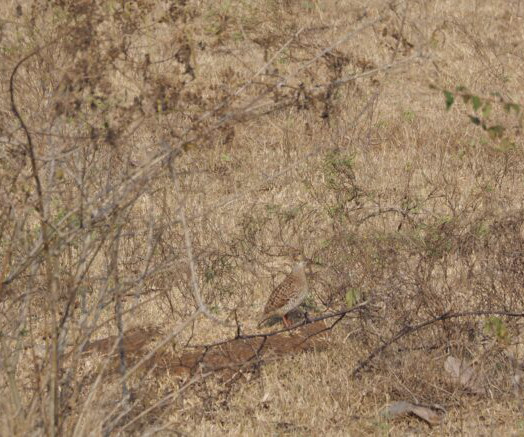Zero Gravity Brewing Company: Bob White
10,000 Birds
APRIL 5, 2019
There’s little doubt that these unwilling but plucky exiles have beaten the odds over the last few months, first evading the sights of eager autumn hunters, and then the jaws of hungry foxes and weasels, only to endure the many privations of the harsh and long North American winter eking out their survival in a strange and inhospitable landscape.












Let's personalize your content